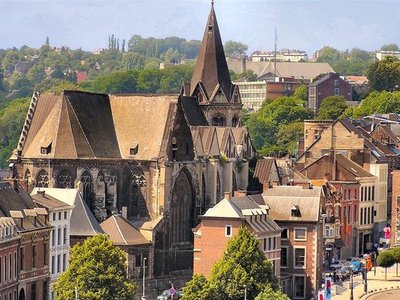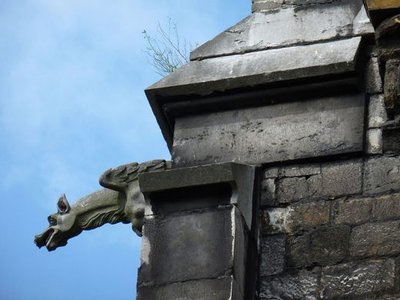Collégiale Sainte-Croix de Liège


Placed in the center of
the city, the Collégiale Sainte-Croix de Liège (Holy Cross Collegiate of Liege) was intended to be a religious and civic point of focus when the town was an important station of the Holy Roman empire.
Building started around 976 A.D. in the Romanesque style and continued for many years. As architectural tastes changed over the years of construction, style became more Gothic. Collégiale Sainte-Croix was the crowning jewel of the city, visible from just about any part of town. It was also well-known for housing St. Hubert’s Key, a charm used for the treatment of rabies in the Middle Ages.
In the 1960s a highway was built to snake directly around the church. While this served commuters well, it essentially cut Sainte-Croix off from the rest of the city. Within a decade the church had been almost totally abandoned. Despite repeated conservation efforts, it fell into serious disrepair. As of 2014 the major of Liège declared the church unsafe to visit as its edifices were crumbling. Pointed out as one of the 2014 endangered monument watch list by the Worlds Monument Fund, it was finally decided to renovate it and convert it both as a Christian church, and as the start point of the “circuit des Collégiales” by the city of Liege. The Walloon government will give 1.5 million euros yearly for 10 years to reconstruct the historic church, even if as of now it still sits tucked between expressways, falling apart.